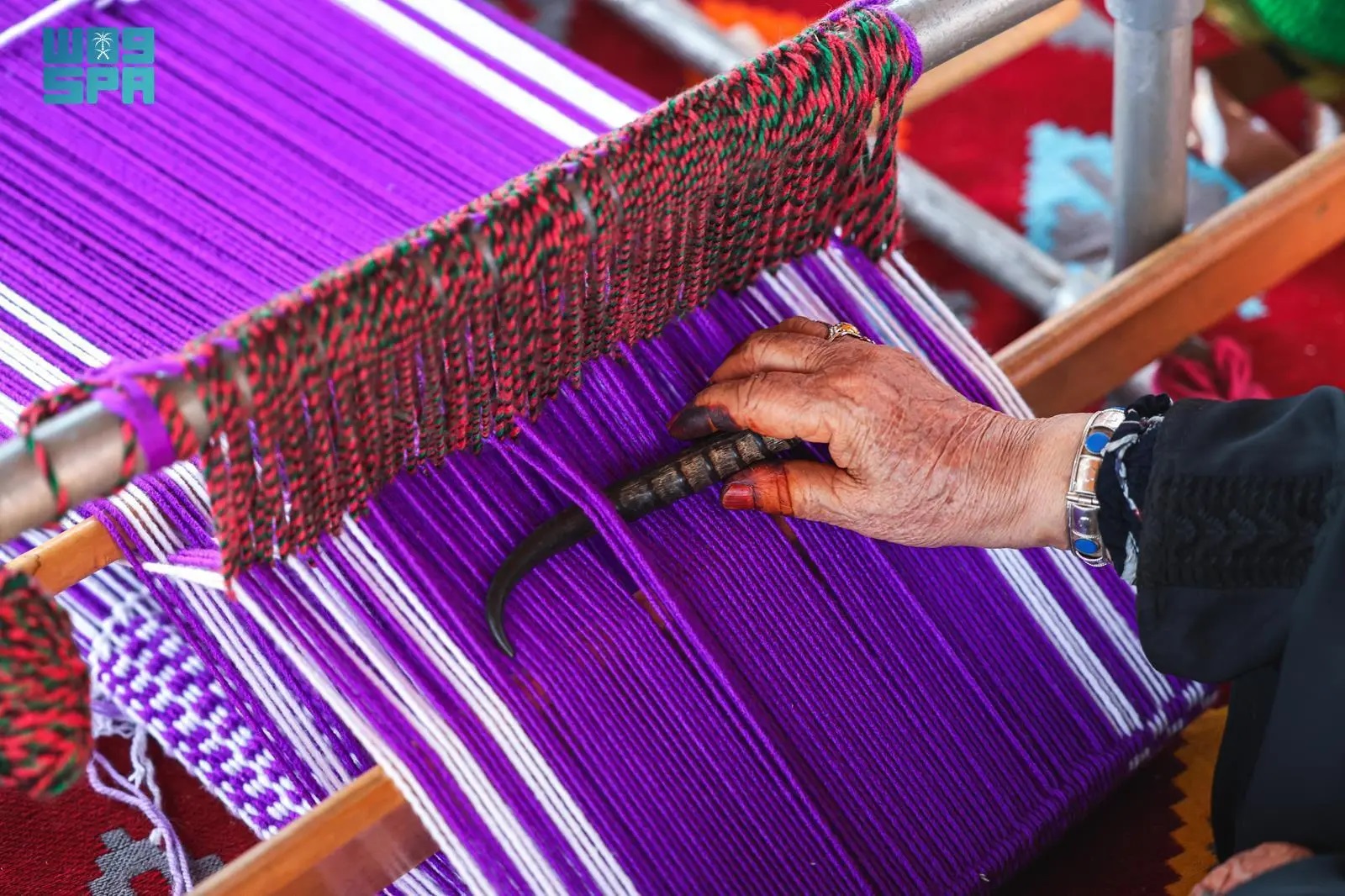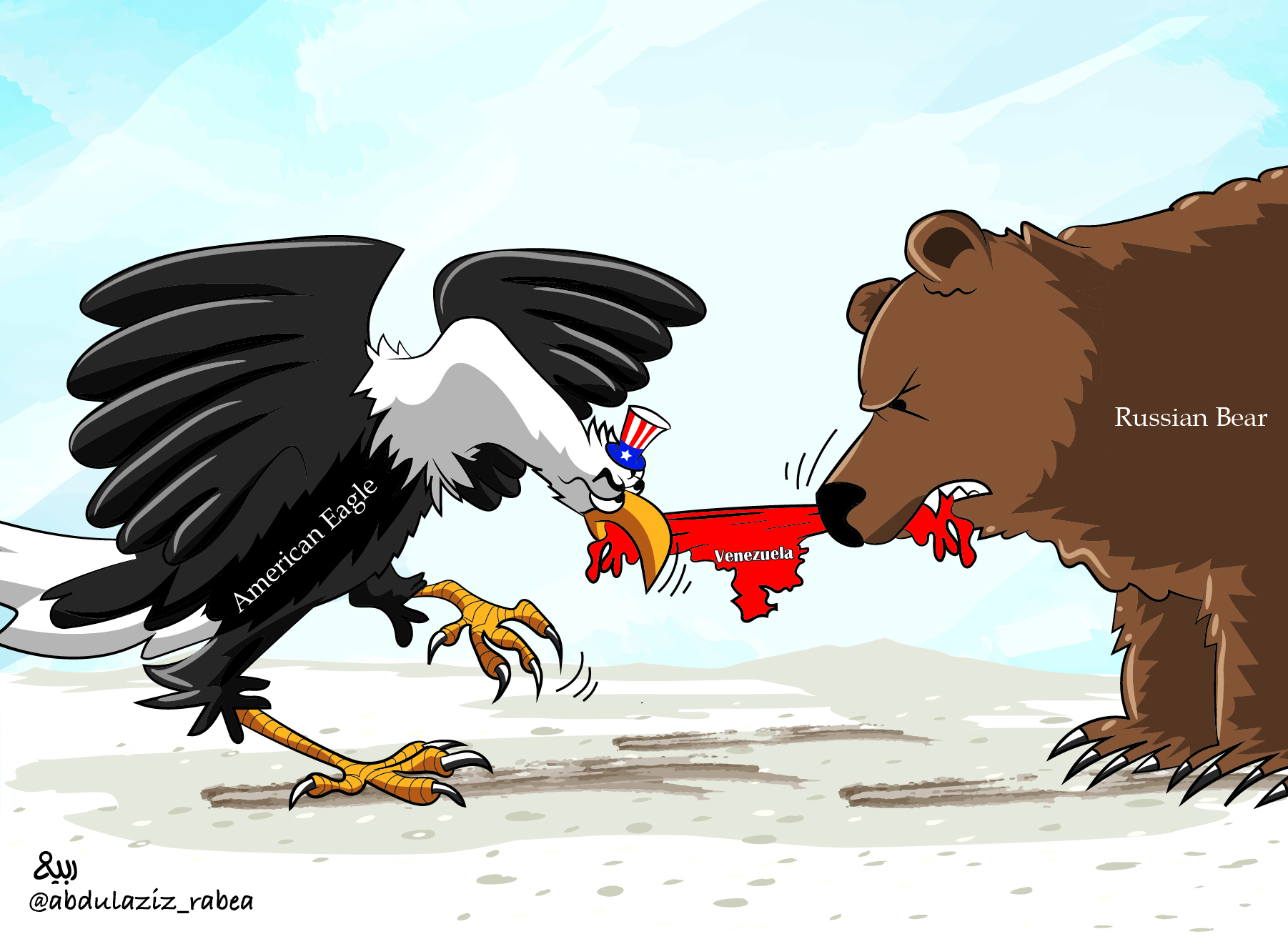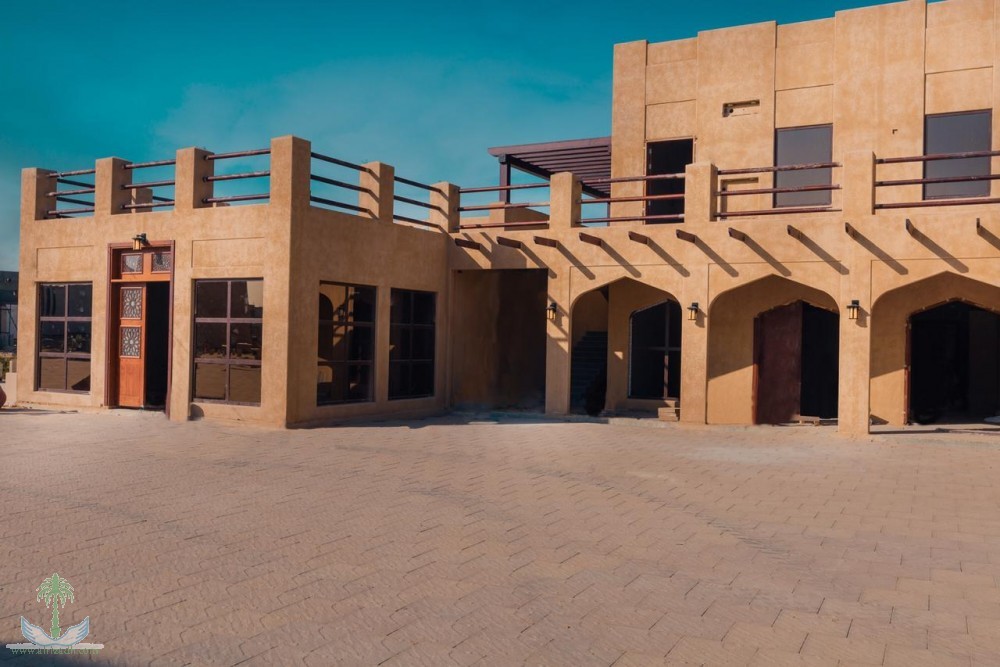
Sadu Weaving: A Northern Saudi Craft Interlacing Heritage and Creativity
The craft of Sadu weaving in Northern Borders Region reflects a living aspect of Saudi heritage. Mastered by Bedouin women, it is one of the oldest traditional crafts tied to national identity and inspired by the desert environment and its natural elements.
The traditional craft relies on local materials such as sheep wool, goat hair, and camel wool.
The material undergoes several stages, including shearing, cleaning, spinning, and dyeing with natural ingredients — most notably saffron, henna, and tree roots — before reaching its final form as a fabric rich in geometric patterns and traditional colors that reflect symbols of Bedouin life.
In 2020, Saudi Arabia inscribed the craft of Sadu weaving on UNESCO's Representative List of the Intangible Cultural Heritage of Humanity, underscoring its deep-rooted significance and role in preserving cultural identity.
Visual elements inspired by Sadu were also incorporated into the logos of the G20 Summit hosted by the Kingdom and Expo Riyadh 2030, reflecting its continued presence in national and international events.
Special events have been organized to support this craft, including the “Sadu Nights Festival” in Arar, which featured an art exhibition, an educational academy, and a documentation corner showcasing the evolution of Sadu. The craft has also been featured in major heritage festivals such as the “International Ghee Festival”.
The Saudi Cabinet's declaration of 2025 as the “Year of Handicrafts” reinforces the status of Sadu within broader efforts to preserve national heritage, support artisans, and empower them to transform their skills into economic opportunities, aligning with Saudi Vision 2030’s goal of integrating culture into comprehensive development.








